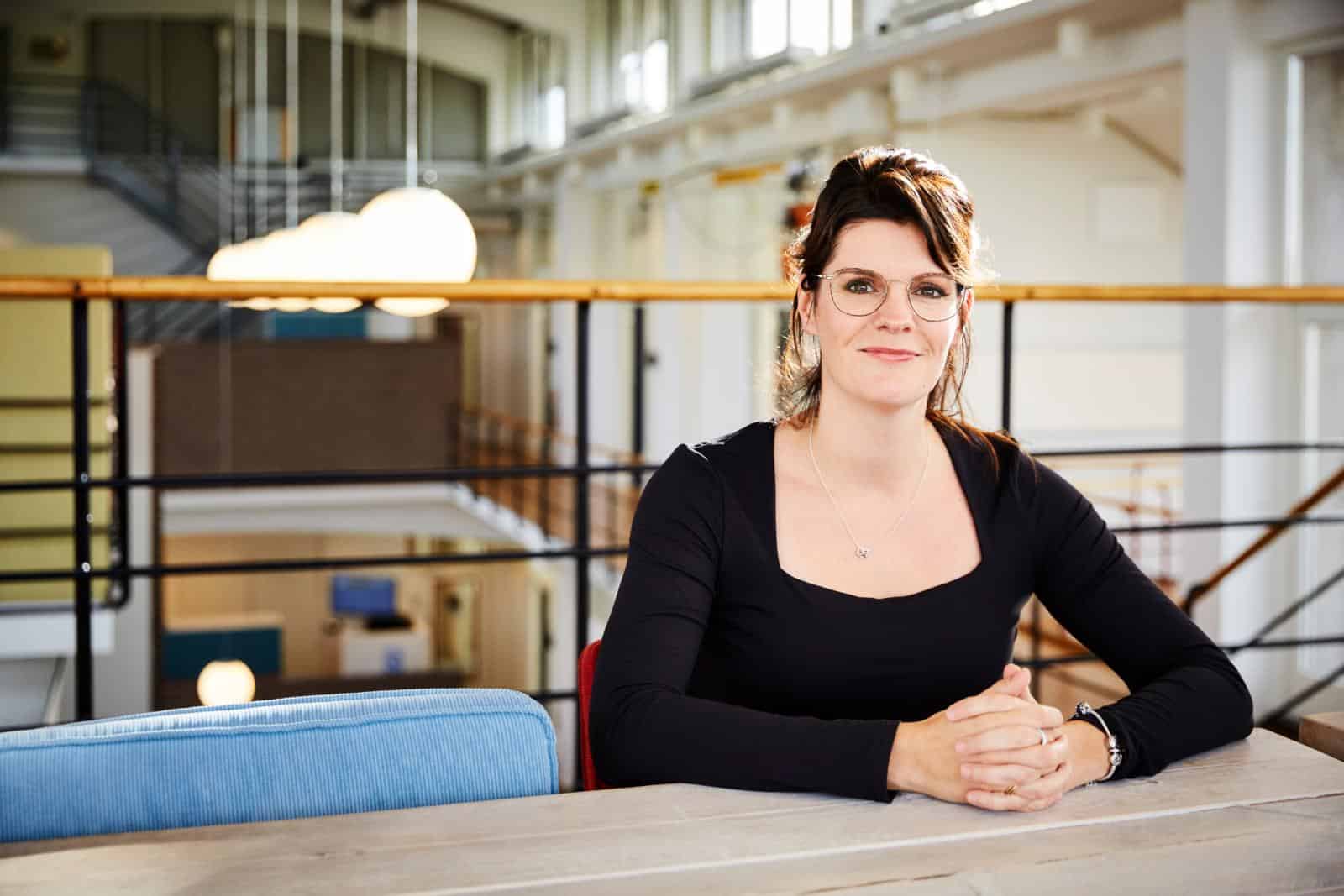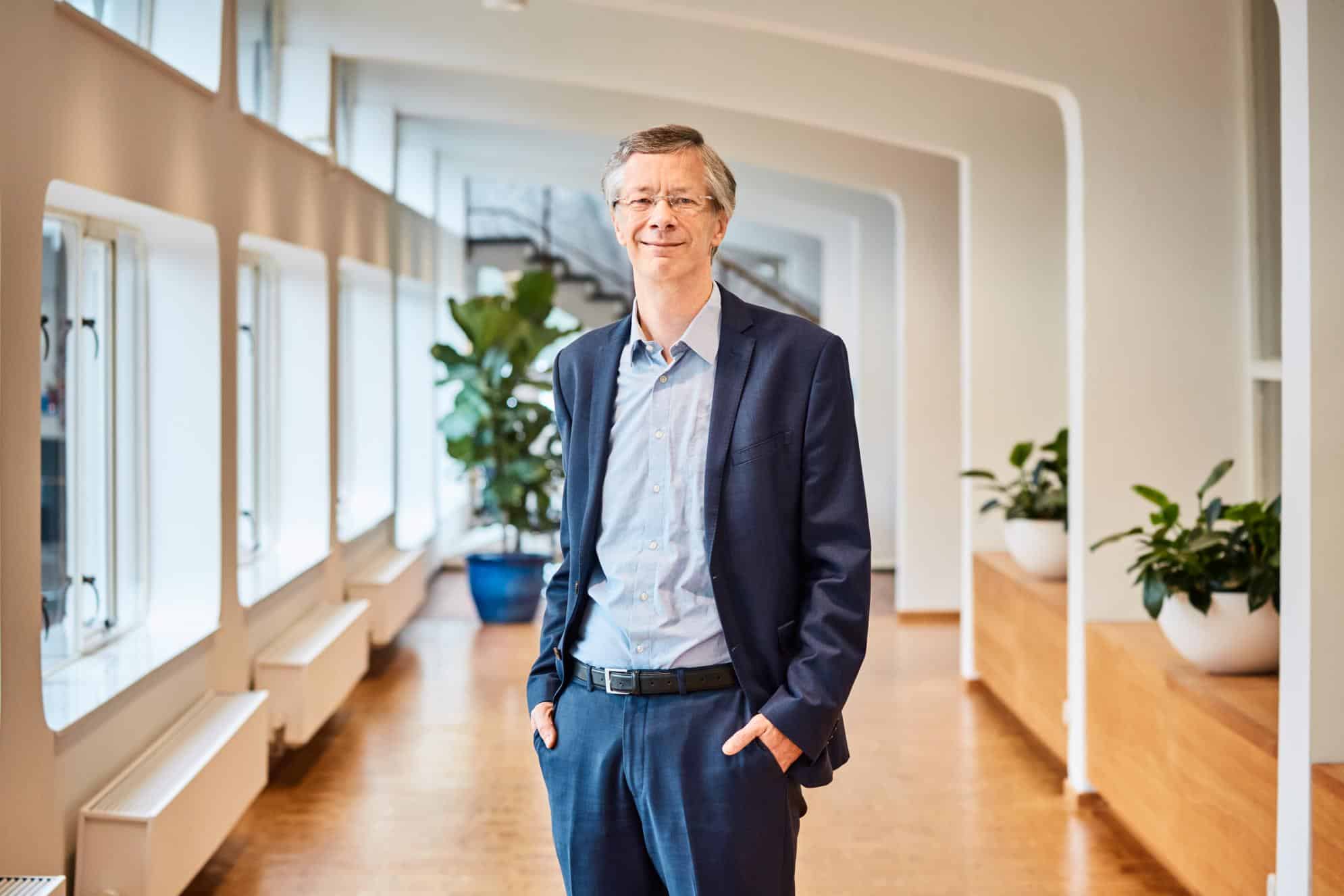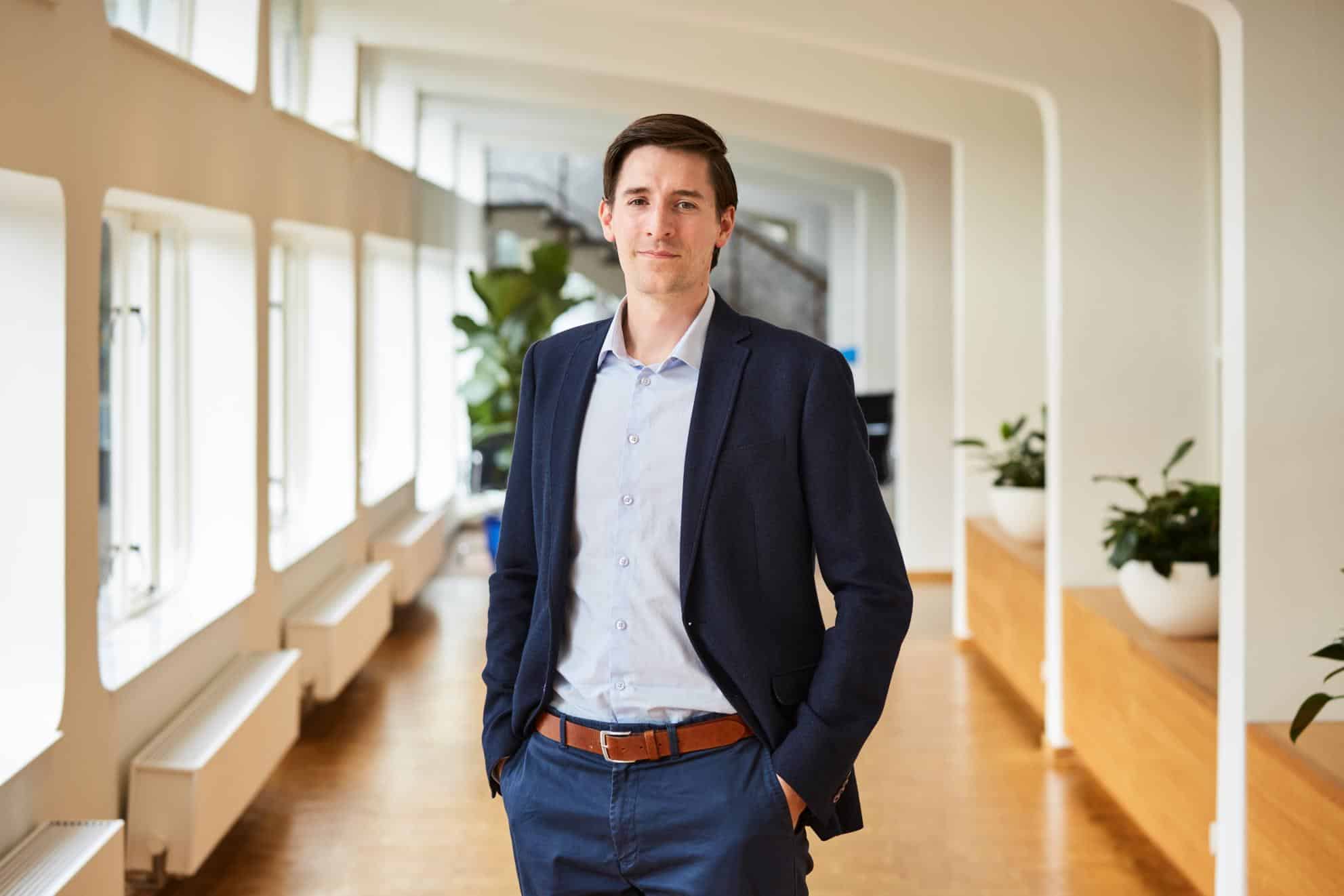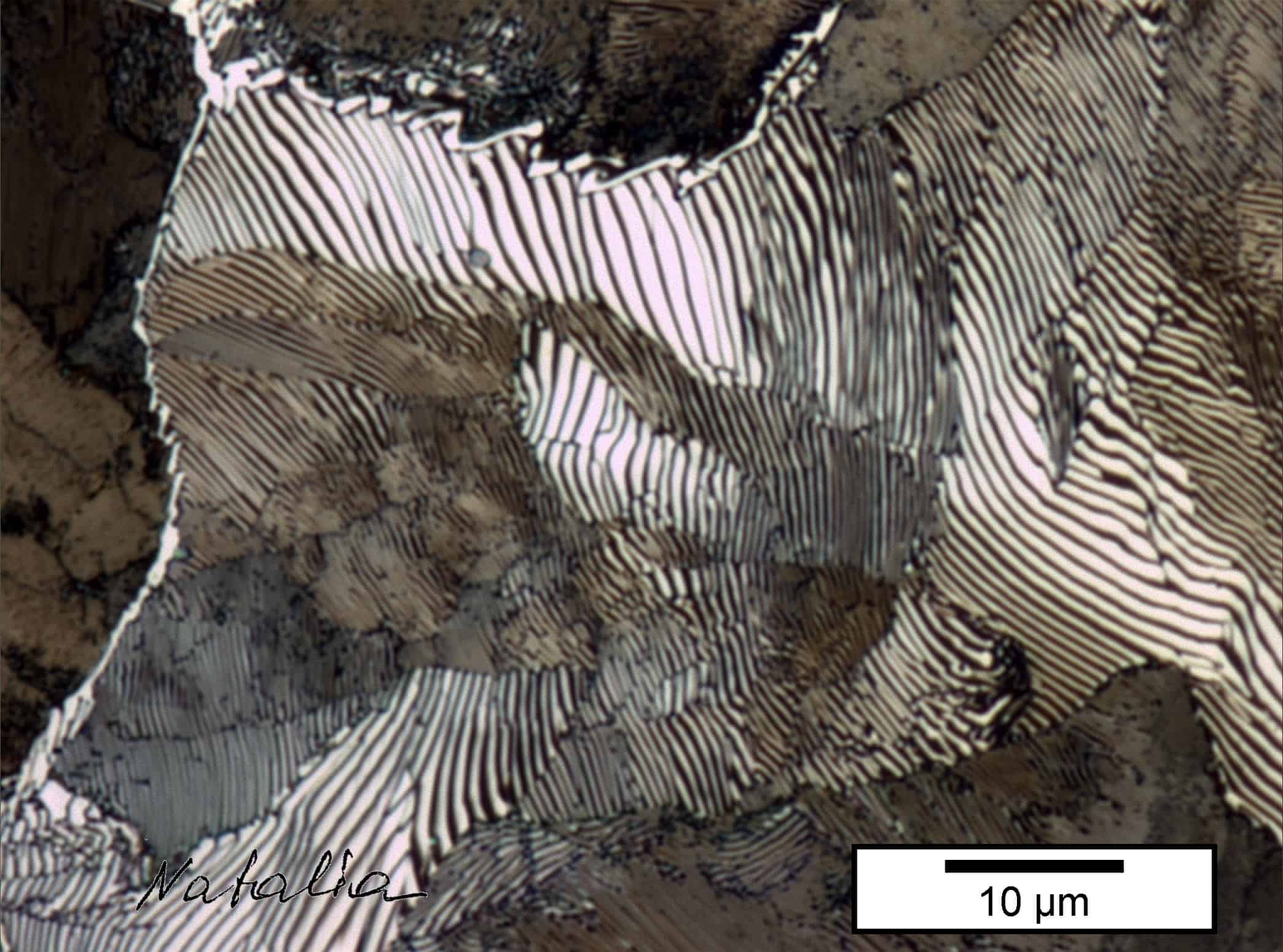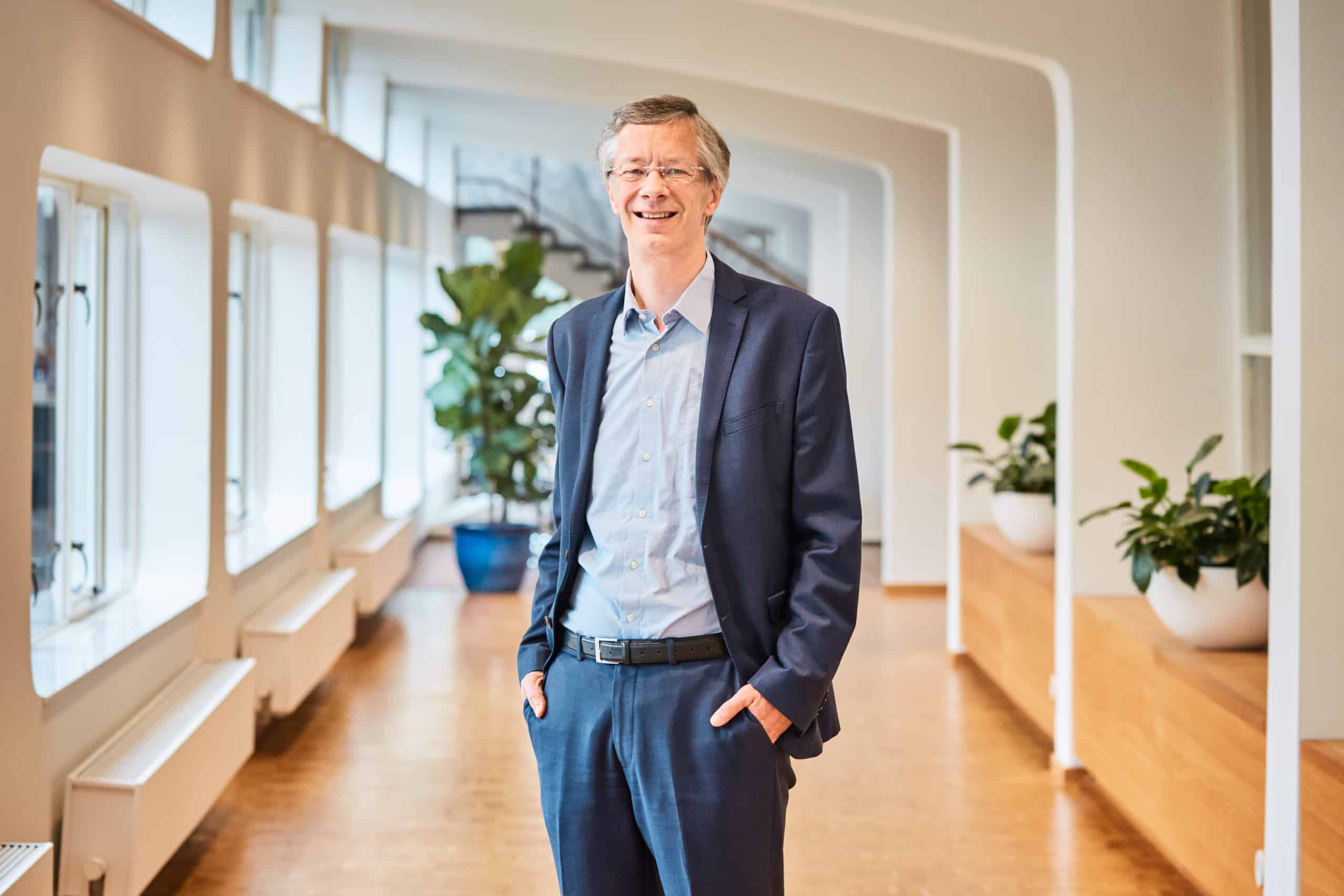
The rule for every aviation application – whether it’s new or already existing – is that it’s got to become lighter, more cost-efficient and less of a burden on the climate. Despite the rise of composites, metals will still be an indispensable feature of new generations of aircraft. There will be a key role in this for additive manufacturing (AM). It is a technology that is particularly good at combining different materials to create the optimum combinations of properties, as well as doing so more efficiently and more sustainably.
Those combinations of microstructures and compositions are precisely what Maria Montero-Sistiaga is concerned with, in her role as an R&D engineer at Royal NLR, the Netherlands Aerospace Centre. It’s almost four years now since she started at NLR in 2019 and “it feels as if the time has flown by.” Nevertheless, she has managed to achieve a lot in that relatively short timespan. Three publications, a keynote speech at one of the world-class most important metal additive manufacturing events and a paper that was selected at another leading AM conference – just to mention a few.
- Maria Montero focuses on turning additive manufacturing (AM) into a standard production route for aerospace;
- Montero specializes in AM technologies, aiming to improve aircraft sustainability;
- She compares her work to a high-tech patisserie, using techniques like laser powder directed energy deposition (LP-DED) to create components such as a titanium flaperon rib.
An infinite fascination for materials
Her fascination with materials started behind the workbench in the repair shop of her parents’ home, in a small village in the Basque Country in Spain. “My father and my brothers and sisters were always making repairs or milling parts. As a young girl, I thought everything that my brothers did was interesting, so I spent a lot of hours at the workbench too.”
That ended up with her starting a bachelor’s in industrial design at Mondragon University when she was eighteen. The Materials course was love at first sight. “I thought straight away: this is it. The first time I started taking a closer look at materials, a whole world opened up for me. All those microstructures, with compositions that determine how a material is going to behave – for me, it’s a source of infinite fascination. If you look at objects that way, even a table becomes interesting.”
Three years later, she left for Belgium, where she took a master’s at Leuven and followed it with a doctorate. With a key role for materials in both. She specialises in additive manufacturing. “I was really only supposed to go to Belgium for one year,” says Maria smiling, “but twelve years later I’m still living in the Benelux.”
“The first time I started taking a closer look at materials, a whole world opened up for me. It’s a source of infinite fascination.”
Maria Montero-Sistiaga
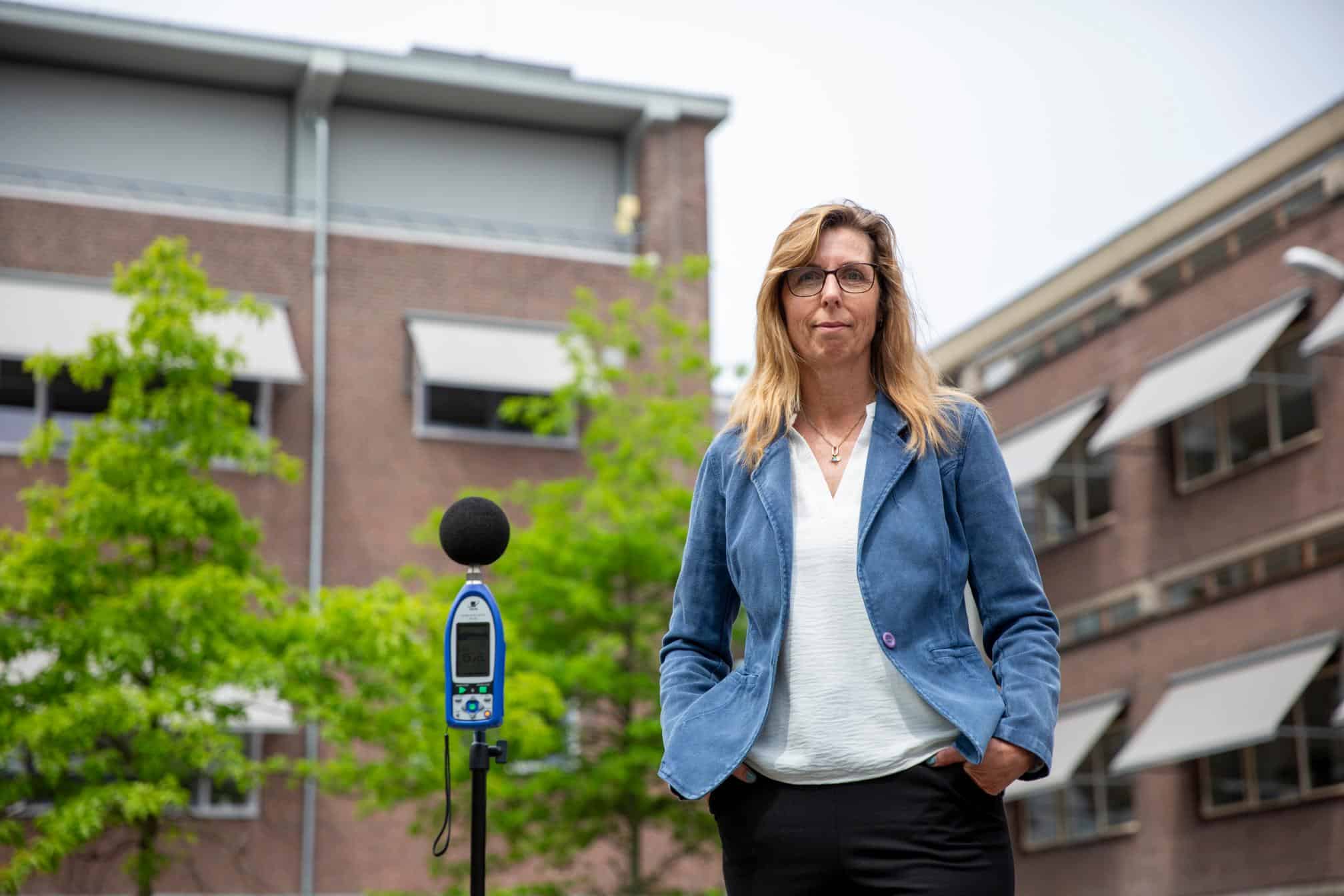
3D printing: expensive patisserie for aviation
At NLR’s Metal Additive Manufacturing Technology Centre (MAMTeC), Maria is involved in developing AM technologies that will improve aircraft and make them more sustainable. She compares her work to a pâtissier’s art. “A layer of cream, a layer of pastry, a layer of chocolate, then another layer of pastry… With 3D printing, we do exactly the same thing. I look not only at the dish’s ingredients – more or less sugar – but also the conditions for baking it: the temperature of the oven.”
This high-tech patisserie can make aviation quite a lot more sustainable. One example of that is laser powder directed energy deposition (LP-DED). In this technique, the material is added using a nozzle – a tiny pipe – on a robot arm or multi-axis machine onto the existing surface and then melted by a laser. MAMTeC produced a full-size flaperon rib using this technology. A flaperon is a control surface on an aircraft that controls both roll and lift – a combination flap and aileron.
“A flaperon rib is large, long and thin: an ideal test case for us,” explains Maria. “LP-DED is very interesting for the production of large, complex components. Production speeds are high and the production is often more economical than other AM technologies. Components such as flaperons are still often milled from solid blocks, which leaves a lot of waste during the production process. The aim of this study for us was to demonstrate the entire production chain for a titanium flaperon rib. I’m proud that we achieved that.”
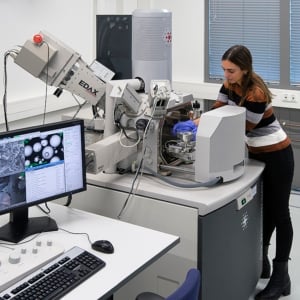
Challenging work with a lot of variation
One thing becomes clear time and again during the interview: Maria absolutely loves her work. “My job is different every day – I learn new things on a daily basis. AM is a very multifaceted field involving lots of disciplines such as mechanics, statistics, digitalisation and engineering. On top of that, the R&D engineer role means you’re working on both the technology and the large-scale project sides. One minute I’m filling in subsidy applications and the next I’m with my colleagues in the lab. I love that variation.”
Beyond the hype
AM is gradually gaining ground within the aviation sector. “We’re beyond the hype now. Almost all the companies we work with see that 3D printing, for example, has a lot of advantages. The biggest challenge is earning the industry’s confidence. The sector is largely responsible for the certification and quality processes; logically enough, the safety requirements in aerospace are extremely high. Which in turn means that it takes a long time before new technology can be applied.”
To speed up that process, Maria is working on behalf of NLR on drawing up new virtual qualification and certification processes for AM. “Components are currently assessed against a fixed design, fixed parameters and the platform configuration. If we make minor modifications to the design, the entire qualification process has to be started again from scratch. We hope that digitalising and renewing this process will allow it to proceed more quickly in the future.”
On top of that, it is important to keep carrying out research and demonstrating that: AM is safe, flexible and more sustainable than traditional production processes. “My career began at much the same time as the advent of 3D printing for metals. Twelve years ago, almost nobody knew about AM – totally different from now. I really see it as my mission to turn AM into a standard production route for aviation.”
